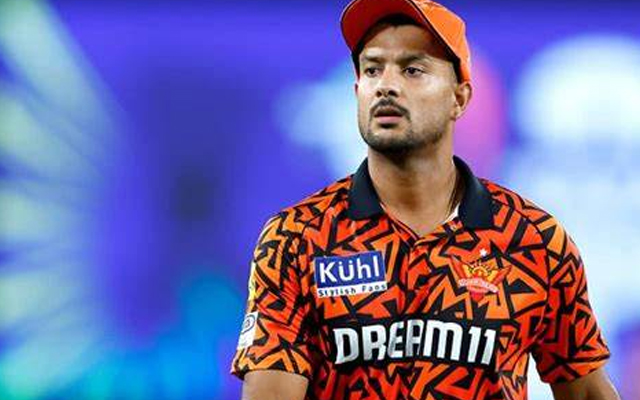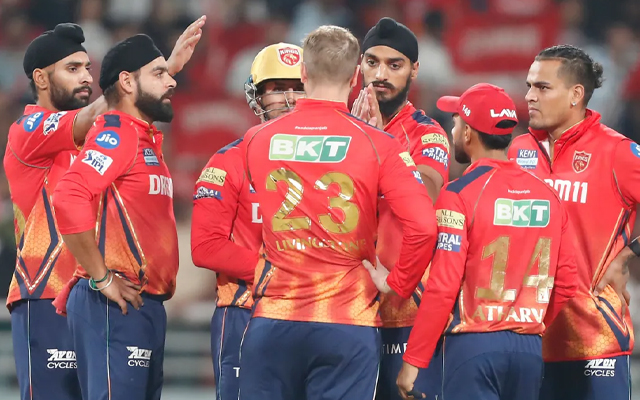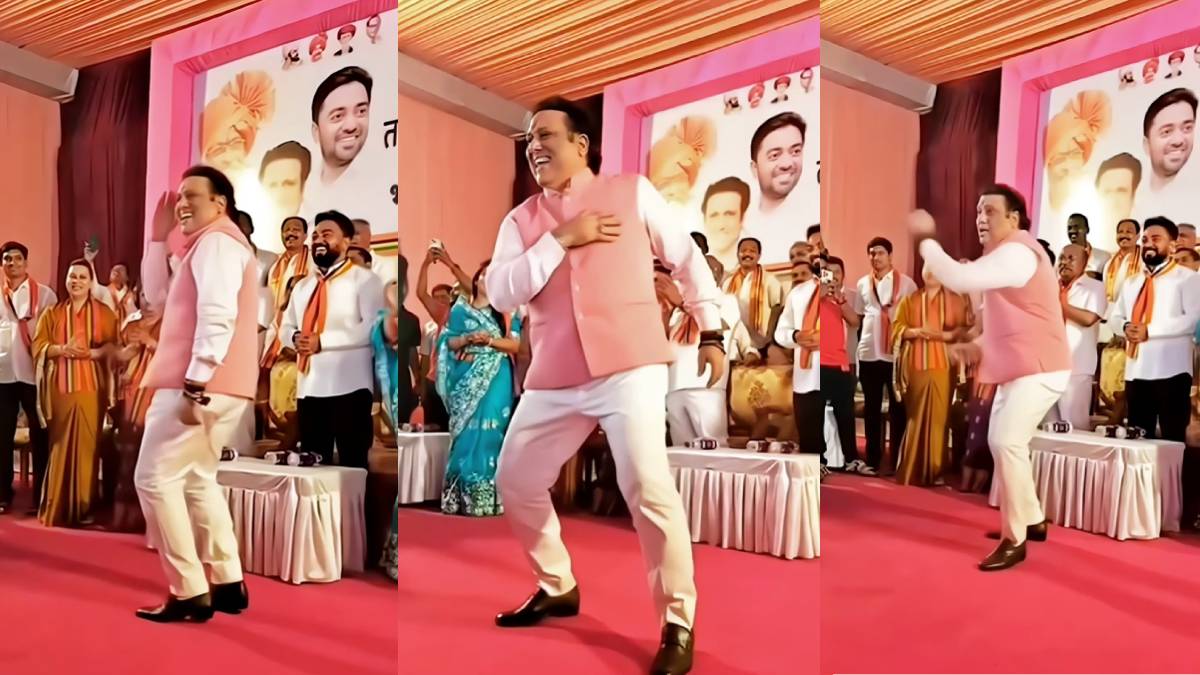Two days after being removed from the post of Bahujan Samaj Party national co-ordinator by party chief Mayawati, her nep...
Navneet Rana, the incumbent MP from Maharashtra's Amravati and the BJP's Lok Sabha Election candidate from the constitue...
One of the suspects accused in the killing of Khalistani separatist Hardeep Singh Nijjar entered Canada with the help of...
The United States suspended a scheduled bomb delivery to Israel amidst apprehensions that Israel was preparing for a maj...
HCMRIPA to Educate Rajasthan Civil Servants on Right to Information Act
A 19-year-old man died in Mumbai after consuming shawarma from a roadside vendor in Trombay on Monday. As per reports, t...
Heatwave Conditions Across India: Delhi Records 38.2°C, Rajasthan Sizzles At 46°C Doonited Affiliated: Syndicate News Hu...
Tech billionaire Elon Musk, the CEO of Tesla, aims to implement his company's Full Self-Driving (FSD) technology into ro...
Tech billionaire Elon Musk, the CEO of Tesla, aims to implement his company's Full Self-Driving (FSD) technology into ro...
External Affairs Minister S Jaishankar on Wednesday said that India supports a homeland for the Palestinians and is publ...
In a quiet yet powerful gesture, Denmark’s diplomatic envoy to India, Freddy Svane, brought attention to a pressing issu...
Karnataka Police on Wednesday summoned BJP National President JP Nadda and party leader Amit Malviya before Bengaluru's...
National News
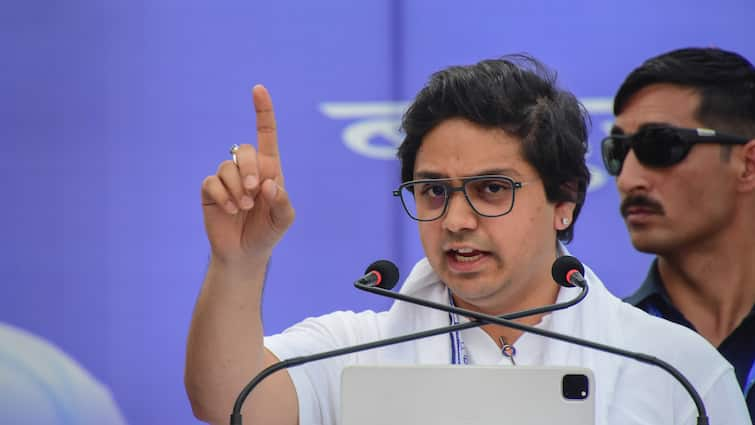
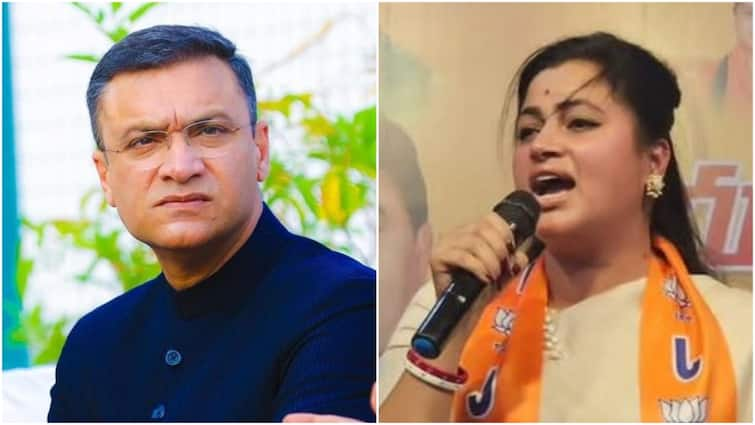
‘Remove Police For 15 Seconds And See’: BJP MP Navneet Rana’s Remark Stirs Row — VIDEO

Hardeep Singh Nijjar Killing Suspect Claims He ‘Entered Canada On Student Visa Obtained In Days
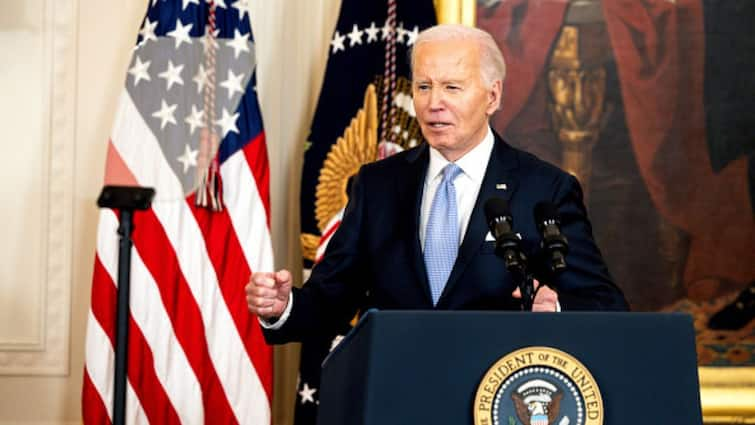
US Halts Bomb Shipment To Israel Over Concerns For Rafah Operations
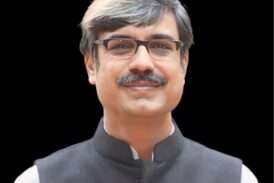
HCMRIPA to Educate Rajasthan Civil Servants on Right to Information Act
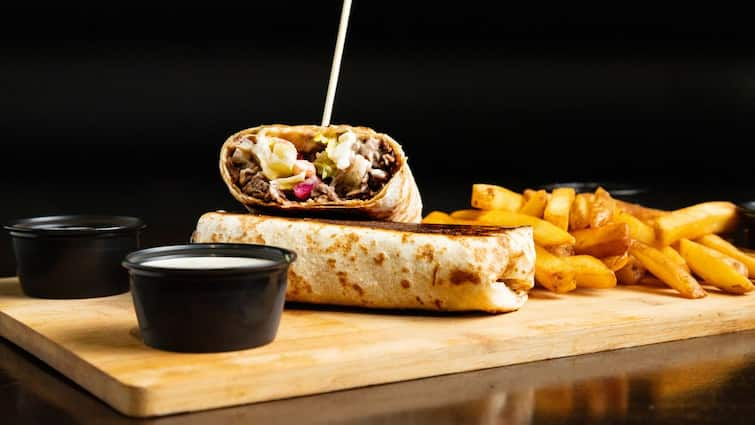
Why Shawarma Is Turning Toxic For Foodies. Explained As Mumbai Man Dies After Eating Dish

Weather News: Delhi To Get Respite From Heat, Rain Havoc In Hyderabad, Raj Swelters At 46 Degre

Elon Musk Aims To Deploy Tesla Robotaxis In China: Report

Elon Musk Aims To Deploy Tesla Robotaxis In China: Report
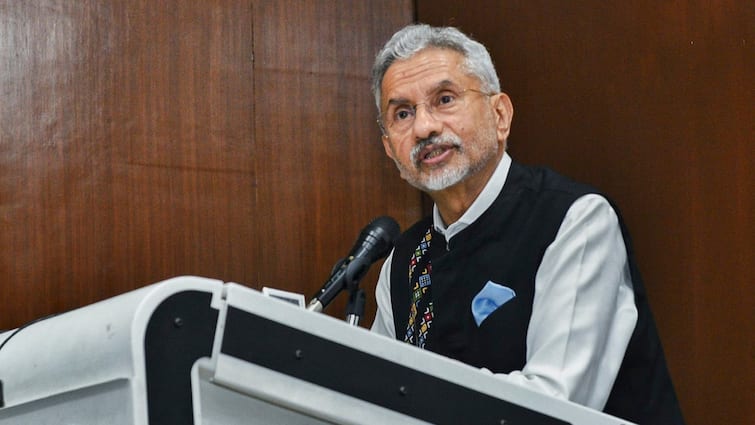
‘We Are Public About That’: Jaishankar Says India Eventually Supports Homeland For Palestinians

‘No More Nice Words…’ Denmark Diplomat Shares Video Of ‘Trashy’ Reality Near Delhi Embassy
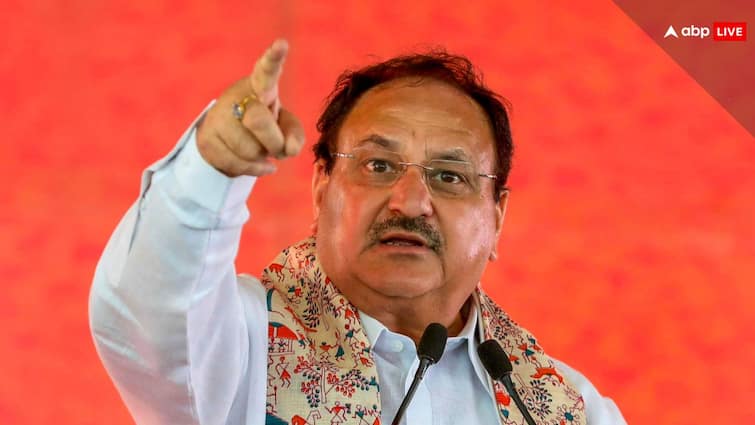
Karnataka Police Summon BJP Chief Nadda, Amit Malviya Over Party’s Controversial Tweet
Uttarakhand News
-
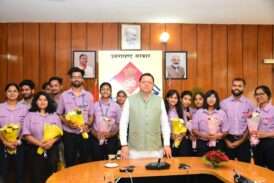
मुख्यमंत्री से जापान में केयर गिवर जॉब रोल के लिए चयनित युवाओं ने भेंट की
Youth selected for caregiver job role in Japan met Chief Minister
-
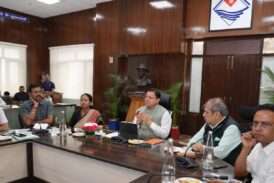
वनाग्नि पर रोक के लिए सचिवों को दी जाएगी जिम्मेदारी, सीएम ने दिए निर्देश
Secretaries will be given responsibility to stop forest fire, CM gave instructions
-
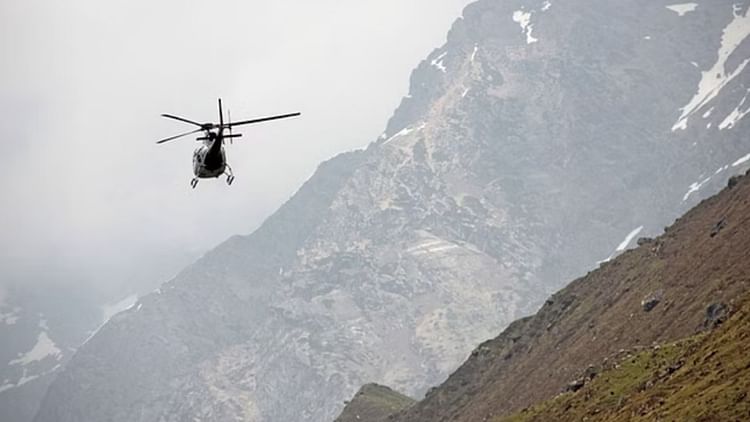
हेली सेवा के 1929 टिकट कैंसिल
1929 tickets of heli service canceled
-
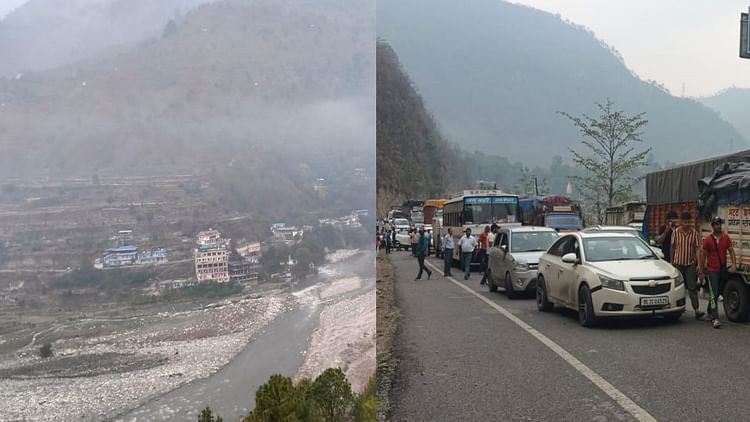
आज मैदानी और पहाड़ी जिलों में गर्जन के साथ हल्की बारिश बताई गई
पहाड़ से लेकर मैदान तक हुई बारिश ने मौसम सुहावना हो गया। रात से बारिश का सिलसिला जारी है। बारिश से जंगलों में फैली धुंध...
-
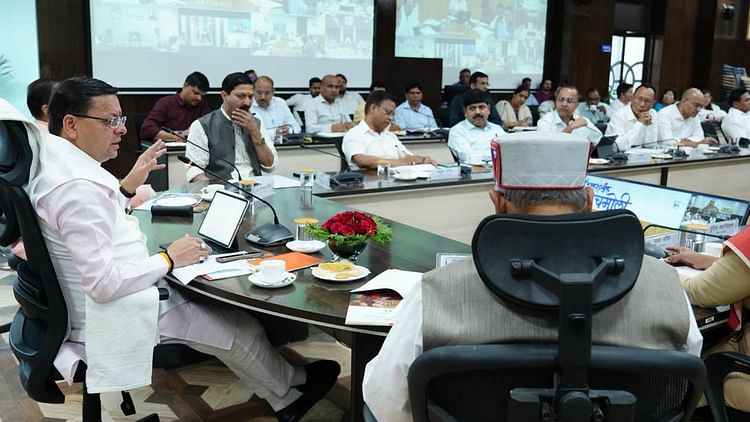
चारधाम यात्रा को सुगम और सुरक्षित बनाने के लिए प्रदेश सरकार तैयारियों में जुटी
The state government is busy in preparations to make the Chardham Yatra easy and safe.
-
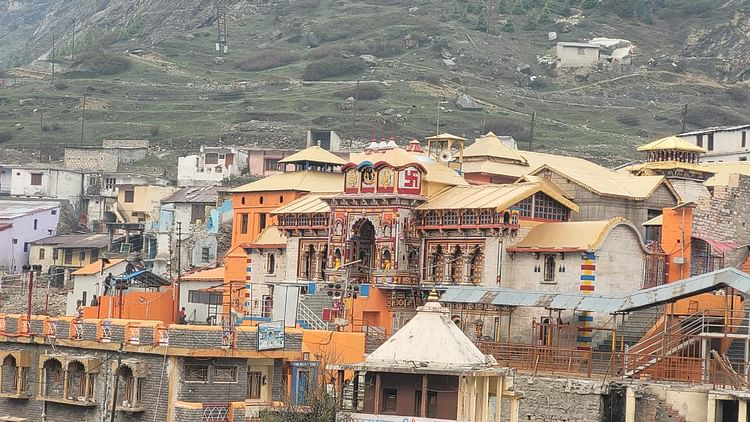
बदरीनाथ धाम में दर्शन के लिए मिलेगा टोकन
बदरीनाथ धाम में श्रद्धालुओं को दर्शन के लिए लाइन में लगने की जरूरत नहीं पड़ेगी। यात्रियों को दर्शन के लिए टोकन जारी किया...
-
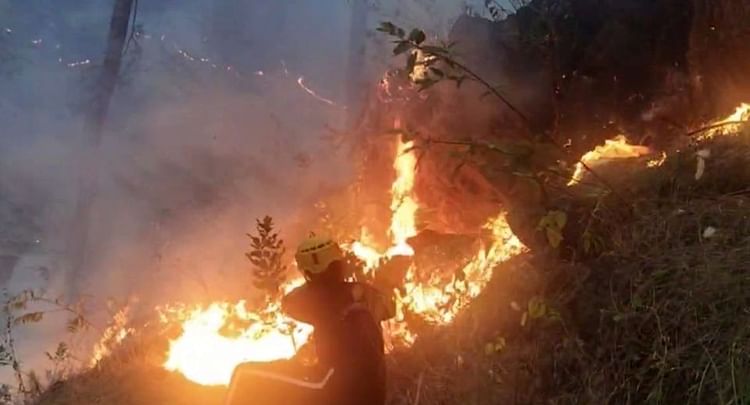
अब तक 1385 हेक्टेयर जंगल हुआ राख
उत्तराखंड में मंगलवार के मुकाबले बुधवार को वनाग्नि की घटनाओं में कुछ कमी दर्ज की गई। बीते 24 घंटे में 40 मामले सामने आए...
-
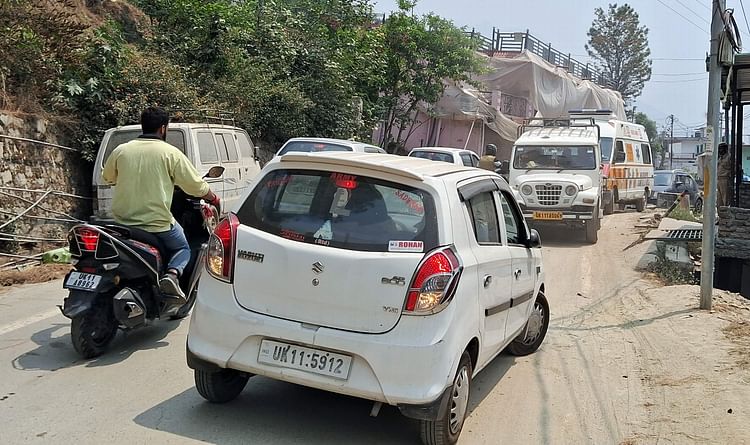
चारधाम यात्रा के लिए ट्रैफिक प्लान तैयार
बदरीनाथ धाम में पुलिस प्रशासन ने चारधाम यात्रा के लिए ट्रैफिक प्लान तैयार किया है। पुलिस उपाधीक्षक अमित सैनी ने बताया कि...
-
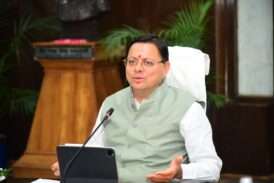
चारधाम यात्रा पर आ रहे श्रद्धालुओं के साथ हो अतिथि देवो भव का व्यवहार : मुख्यमंत्री
Devotees coming on Chardham Yatra should be treated like guests: Chief Minister
-
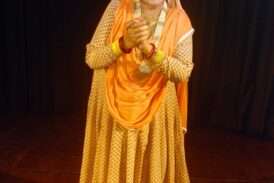
SPIC MACAY Hosts Kathak Lecdem by Dr. Uma Sharma
SPIC MACAY Hosts Kathak Lecdem by Dr. Uma Sharma
-
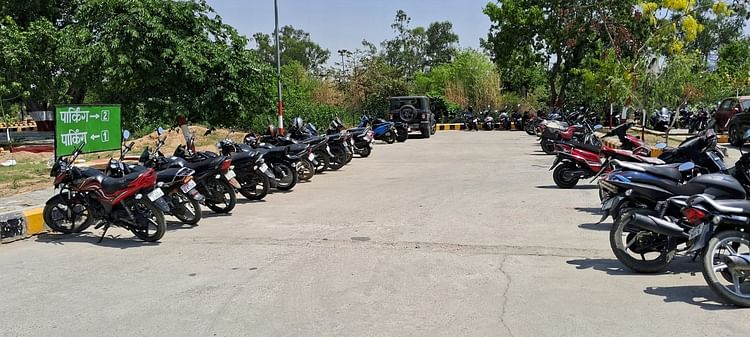
चारधाम यात्रा के मद्देनजर सात जिलों में 130 पार्किंग चिह्नित
चारधाम यात्रा के मद्देनजर पुलिस प्रशासन ने इस बार 130 पार्किंग स्थलों को चिह्नित किया है। इन स्थाई और अस्थाई पार्किंग स्...
-
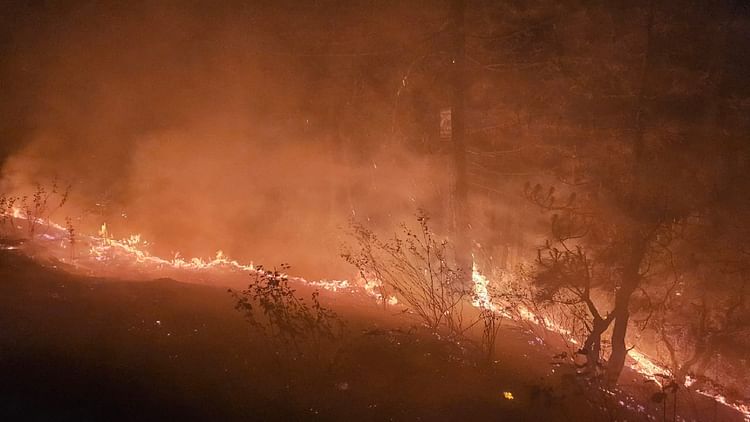
अल्मोड़ा: जंगल की आग से 30 गांवों की नींद उड़ी
उत्तराखंड के अल्मोड़ा जिले में जंगल की आग ने 30 गांवों के ग्रामीणों की नींद उड़ा दी है। कड़ी मेहनत से विकसित किए गए 7.5...
World News
-

Luis Rubiales to stand trial for kissing player
Luis Rubiales, the former president of the Spanish football federation, will stand trial for kissing a female player aft...
-
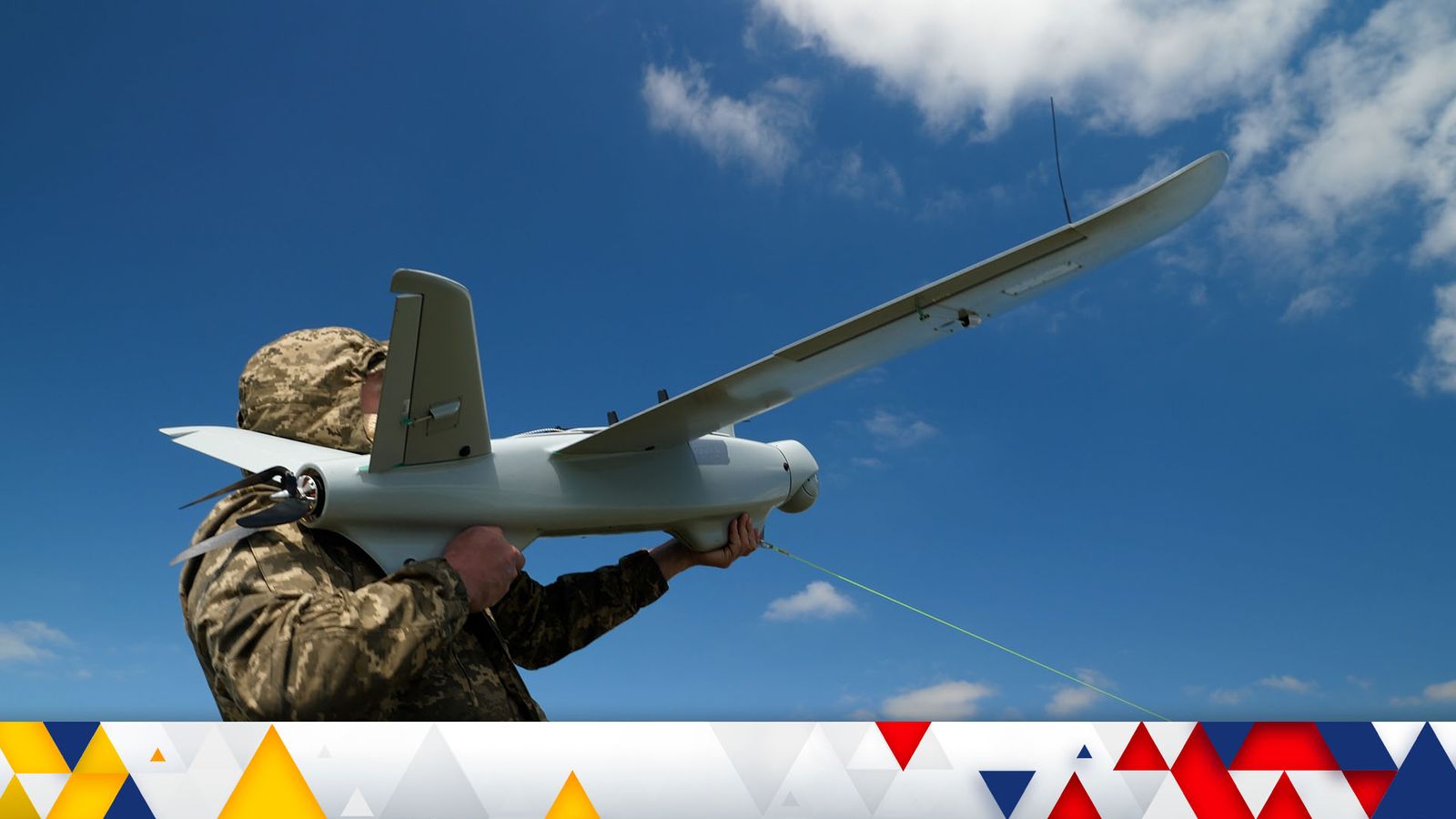
Russia will push into heart of Ukraine if it captures frontline town, governor warns
Russian forces will push into the heart of Ukraine if they succeed in capturing the frontline town of Chasiv Yar and the...
-

Joe Biden says US will stop some weapons shipments to Israel if it invades Gaza city of Rafah
President Joe Biden has warned Israel in his toughest public comments so far that the US would stop supplying it with so...
-

Russia’s Victory Day parade can be summed up by pain, pride and propaganda
It's hard to overstate the importance of Victory Day in Russia, which marks the anniversary of the end of the Second Wor...
-

‘United by sequins’: Eurovision fans arrive in fabulously flamboyant outfits
Malmo is all a sparkle. Outside the city arena, sequins twinkle in the light.Eurovision fans have been arriving in force...
-

Robert F Kennedy Jr says a worm ate part of his brain and then died
Independent US presidential candidate Robert F Kennedy Jr has revealed that a worm ate part of his brain. It has emerged...
-

Andrew Tate served with civil proceedings papers on behalf of four British women
Andrew Tate has been served with civil proceedings papers in Romania on behalf of four British women, their lawyers have...
-

Lionel Messi: Napkin that sealed football legend’s move to Barcelona put up for sale for £300K
A napkin that helped launch the career of football superstar Lionel Messi, is being put up for auction.The napkin, itsel...
-
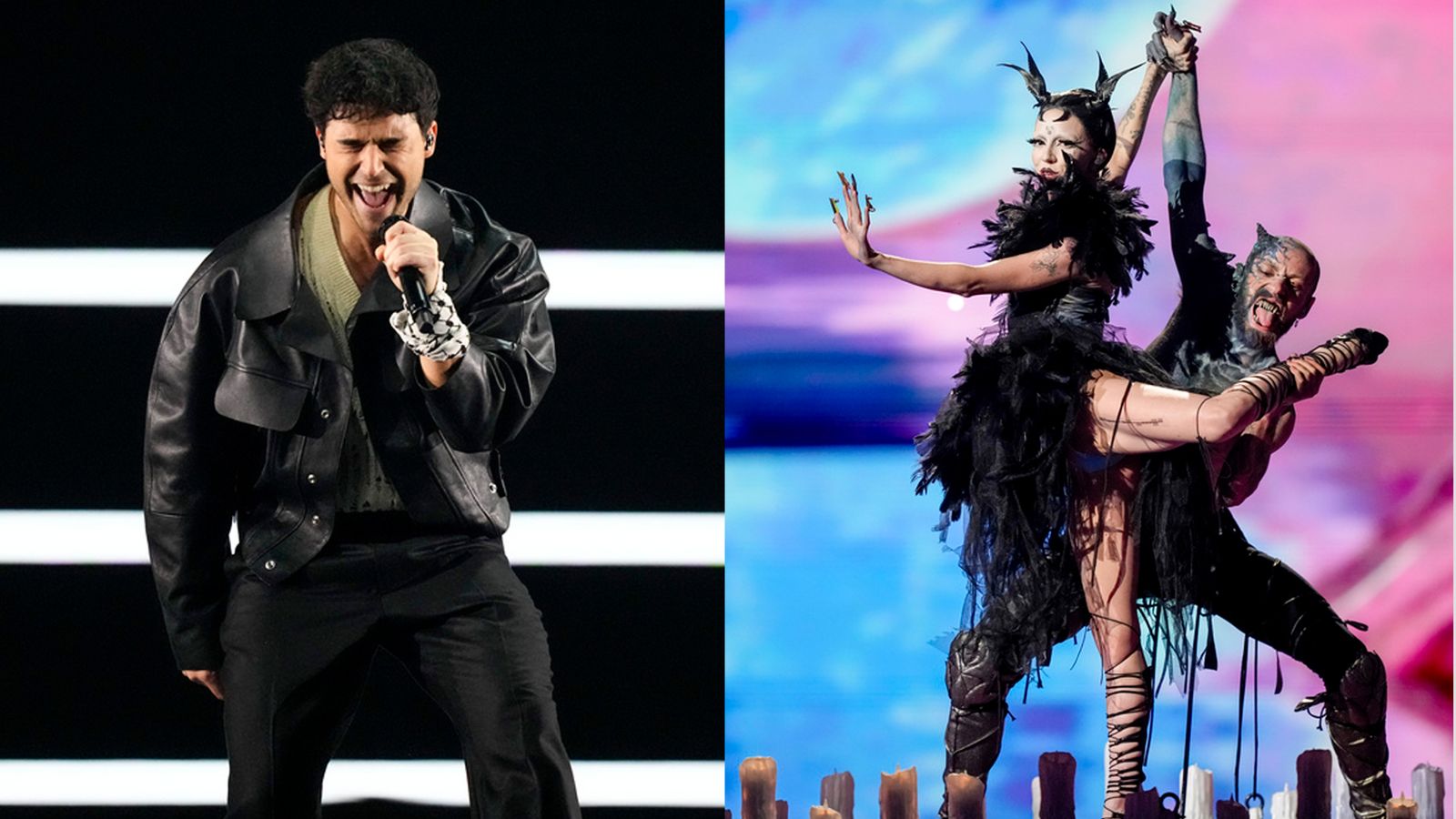
Eurovision facing controversy over contestants and political statements – as protests around event expected
The Eurovision Song Contest is already facing controversy over performers making political statements ahead of the big e...
-
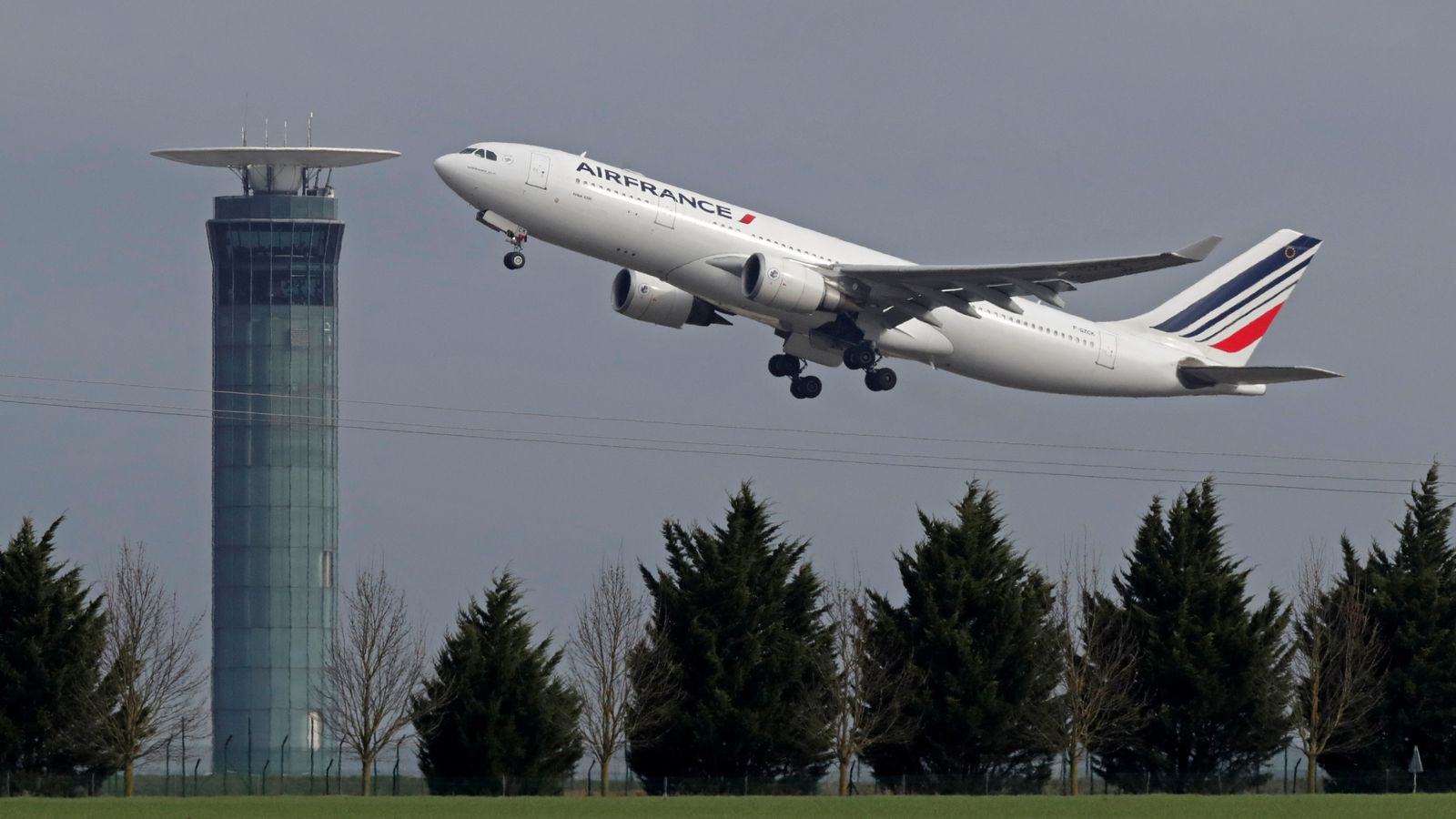
French air traffic controllers granted legal right to turn up late for work
French air traffic controllers have been granted the right to turn up to work three hours late and leave three hours ear...
-

Mother of Australian brothers killed on Mexico surfing trip says world ‘a darker place’
The mother of two Australian surfers allegedly shot dead by thieves in Mexico says "the world has become a darker place...
-
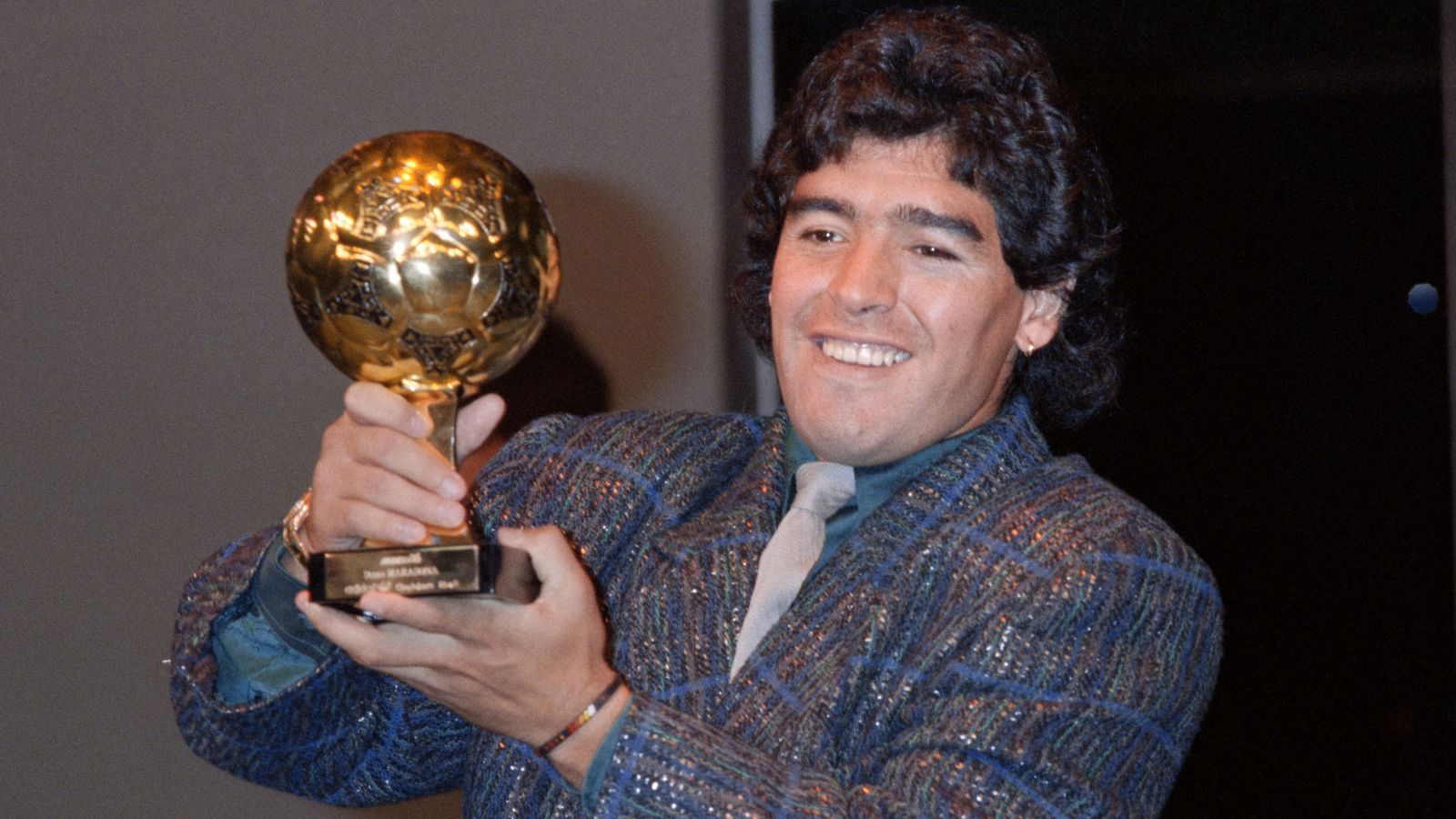
Maradona’s Golden Ball trophy that mysteriously disappeared resurfaces – and is set to be sold
A trophy won by Diego Maradona for his performances at the 1986 World Cup has resurfaced after it was missing for decade...
Sports News
-
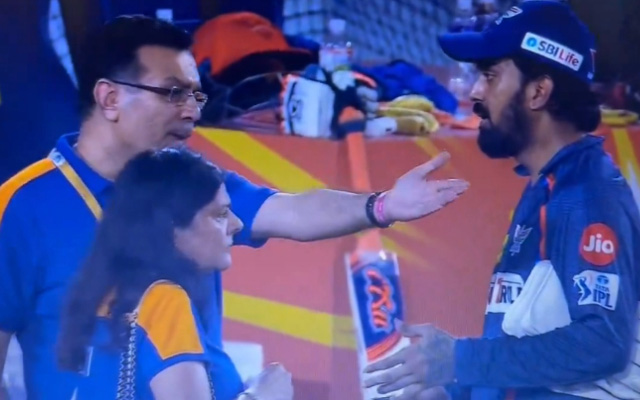
May 9: IPL 2024 Morning News – Top updates on players, teams, stats, points table and more
1. IPL 2024: SRH vs LSG Today's Match Highlights: Unmissable video recap, turning points, match analysis, stats and more...
-
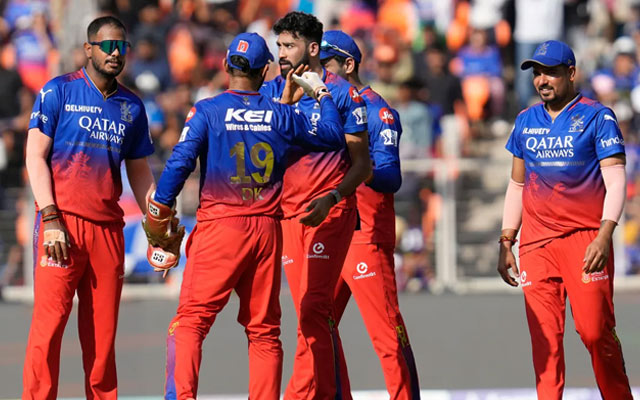
Punjab vs Bengaluru, Match 58: PUN vs BAN MPL Opinio Today’s Prediction – Who will win today’s match?
PreviewPunjab (PUN) and Bengaluru (BAN) will face each other in the 58th match of the Indian T20 League 2024 on Thursday...
-

Sanjiv Goenka seen bickering with KL Rahul post SRH drubbing, sends netizens into a frenzy
In the realm of sports, victory and defeat are integral components, each contributing to the fabric of competition. They...
-
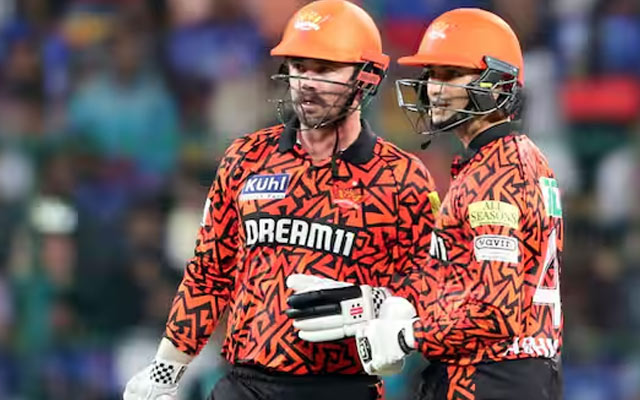
IPL 2024, Match 57 Stats Review: SRH register highest total in the first 10 overs, Travis Head’s batting heroics and other stats
In the 57th match of IPL 2024 held at the Rajiv Gandhi International Stadium, in Hyderabad, Sunrisers Hyderabad defeated...
-
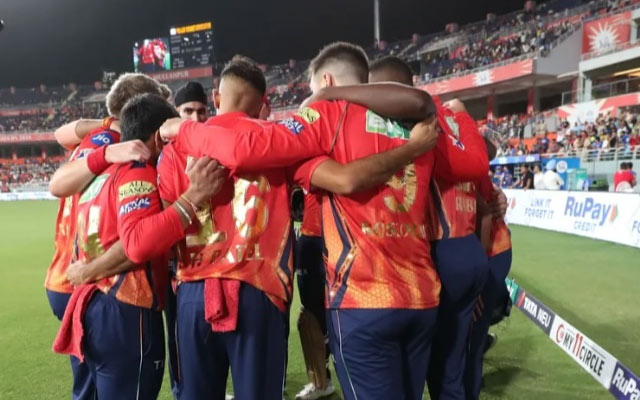
IPL 2024: PBKS vs RCB Stats Preview, Match 58: Players’ Records and Approaching Milestones – CricTracker
Punjab Kings (PBKS) will lock horns with Royal Challengers Bengaluru (RCB) in match 58 of the 17th edition of the IPL 20...
-
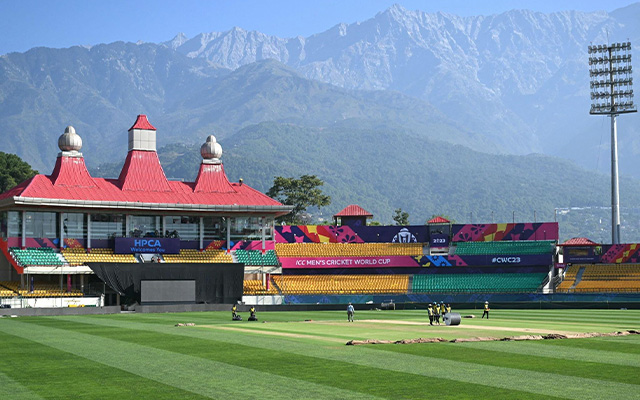
PBKS vs RCB IPL Records & Stats at HPCA Stadium, Dharamsala – CricTracker
Punjab Kings (PBKS) will lock horns with Royal Challengers Bengaluru (RCB) in match 58 of the 17th edition of the IPL 20...
-

Watch: Pat Cummins celebrates birthday with father and SRH teammates, video goes viral
Captain of the Australian side as well as the Sunrisers Hyderabad franchise, Pat Cummins, marked his 31st birthday on Ma...
-

IPL 2024: 3 Players who can replace injured Matheesha Pathirana in CSK squad
Pacer Matheesha Pathirana bid adieu to Chennai Super Kings (CSK) camp after his latest injury. The unorthodox pacer sust...
-
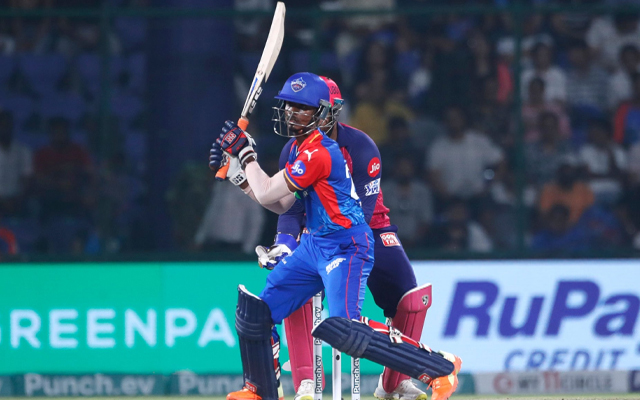
Abishek Porel played a special innings against RR: Pravin Amre
Abishek Porel's breakthrough season with the Delhi Capitals (DC) continued on Tuesday as the young batter smashed a blis...
-
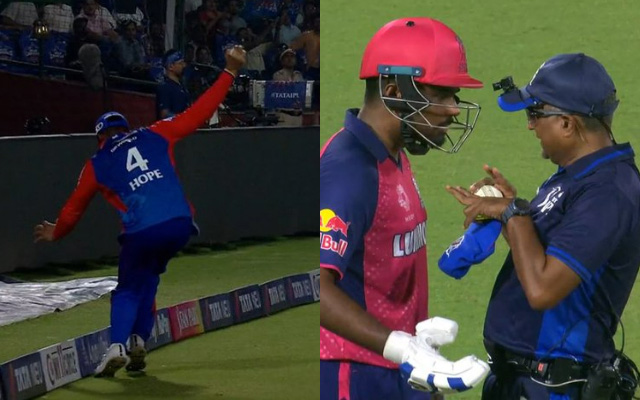
IPL 2024: Kumar Sangakkara puts his opinion on Sanju Samson’s controversial dismissal against DC
The recent clash at the Arun Jaitley Stadium in New Delhi between Delhi Capitals (DC) and Rajasthan Royals (RR) in the o...
Trending Business News
-

Sula Vineyards Q4 results: Net profit falls 4.85% to Rs 13.55 crore
Wine producer Sula Vineyards Ltd on Wednesday reported a 4.85 per cent decline in consolidated net profit to Rs 13.55 cr...
-
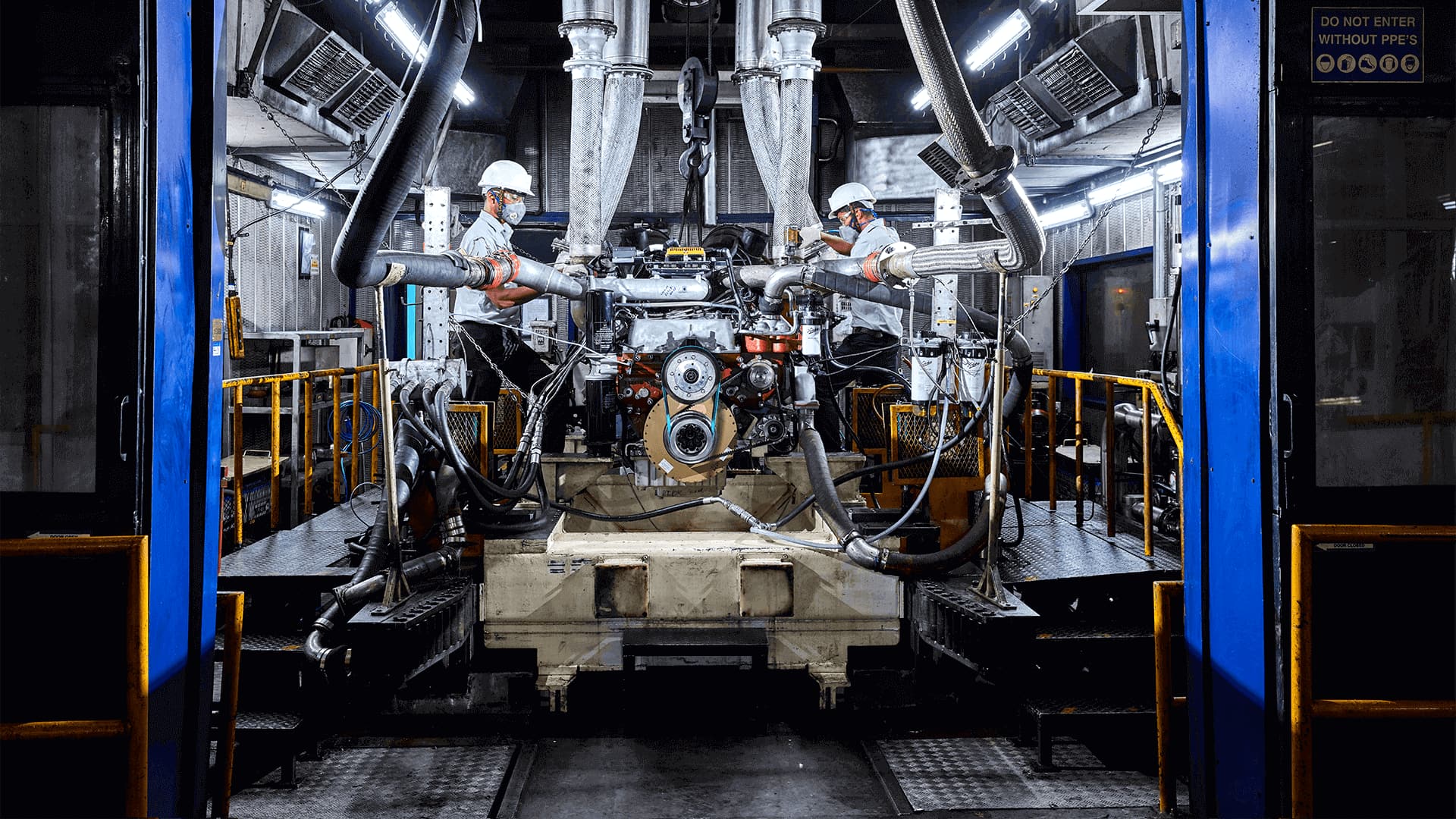
Kirloskar Oil Engines Q4 results: Net profit rises 26% to Rs 128 crore
Engine oil maler Kirloskar Oil Engines Limited on Wednesday reported a 26 per cent growth in standalone net profit to Rs...
-

Godrej Agrovet Q4 results: Net profit jumps to Rs 65.48 crore
Godrej Agrovet (GAVL) on Wednesday said its consolidated net profit jumped to Rs 65.48 crore in the March 2024 quarter f...
-

Piramal Enterprises Q4 results: Company reports Rs 137 crore profit; announces merger into subsidiary
Piramal Enterprises Ltd (PEL) on Wednesday reported a consolidated net profit of Rs 137 crore for the March quarter agai...
-

Concord Control Systems to further invest in subsidiary Advanced Rail
Concord Control Systems Limited (Concord) has informed exchanges that it will further invest Rs 5.50 crore in its subsid...
-
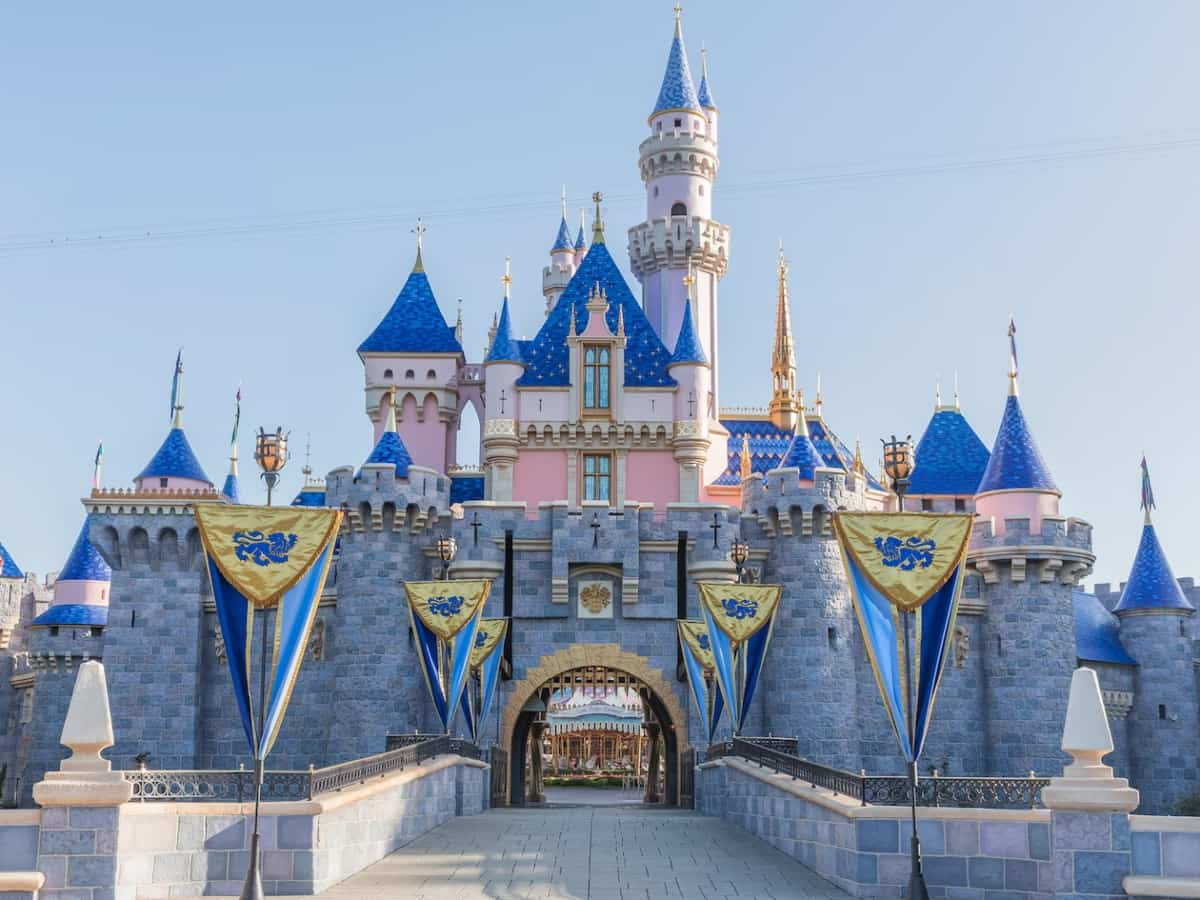
Disney receives another key approval to expand Southern California theme parks
Disney has received another key approval to expand its Southern California theme parks in its first push to make major c...
-

BetterHelp customers begin receiving refund notices from $7.8M data privacy settlement, FTC says
Many current and former BetterHelp customers have begun receiving refund eligibility notices spanning from a $7.8 millio...
-

TVS Motor Company Q4 results: Net profit rises 15% to Rs 387 crore
TVS Motor Company on Wednesday said its consolidated net profit increased 15 per cent to Rs 387 crore for the fourth qua...
-

BSE announces Rs 15 per equity share dividend, check record and payment dates
BSE dividend 2024: The board of the Bombay Stock Exchange (BSE) on Wednesday, May 8, recommended a final dividend of Rs...
-
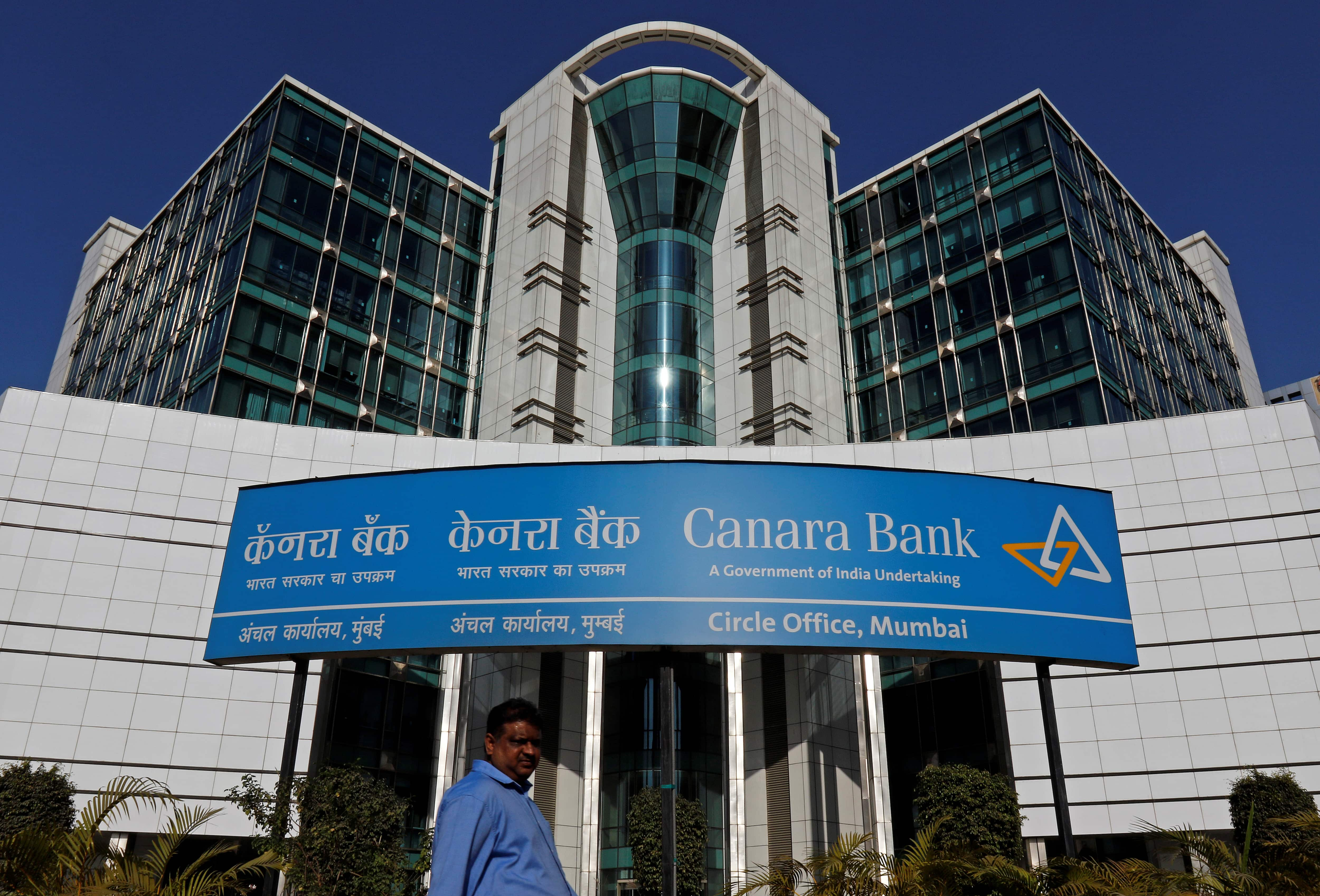
Canara Bank posts 18.4% jump in Q4 net profit, declares dividend of 16 per share
Canara Bank's board of directors has recommended a dividend of Rs 16.10/- per equity share (161 per cent) of face value...
-

PNB Q4 results preview: Standalone profit to likely zoom 2.6x, NIM to remain stable
Punjab National Bank (PNB)-India’s eight largest public sector lender in terms of market capitalisation- is scheduled to...
-

Zomato Business model: How this online food delivery platform earns profit, let’s know here
Zomato, an online food delivery platform that is also a large-cap company, often comes up with new earning ideas and ann...
Entertainment
-
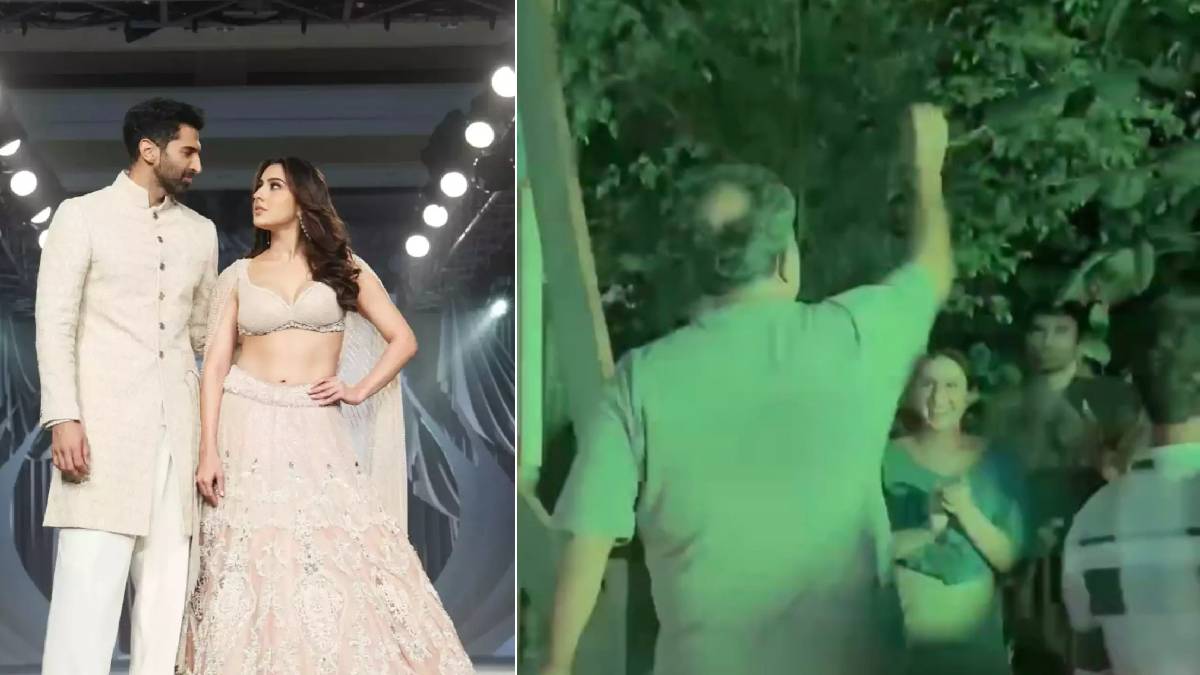
अनन्या से ब्रेकअप रूमर्स के बीच सारा के साथ दिखे आदित्य रॉय कपूर – India TV Hindi
Image Source : X आदित्य रॉय कपूर और सारा अली खान। बॉलीवुड के गलियारों में रिलेशनशिप की खबरें छाई रहती हैं। आए दिन ब्रेकअ...
-

साउथ की नेचुरल ब्यूटी साई पल्लवी डॉक्टर से ऐसे बनीं स्टार, पहली फिल्म से ही बना दिया था रिकॉर्ड – India TV Hindi
Image Source : INSTAGRAM साई पल्लवी साई पल्लवी आज, 9 मई को अपना 31वां बर्थडे सेलिब्रेट कर रही हैं। साई पल्लवी उन अभिनेत्...
-
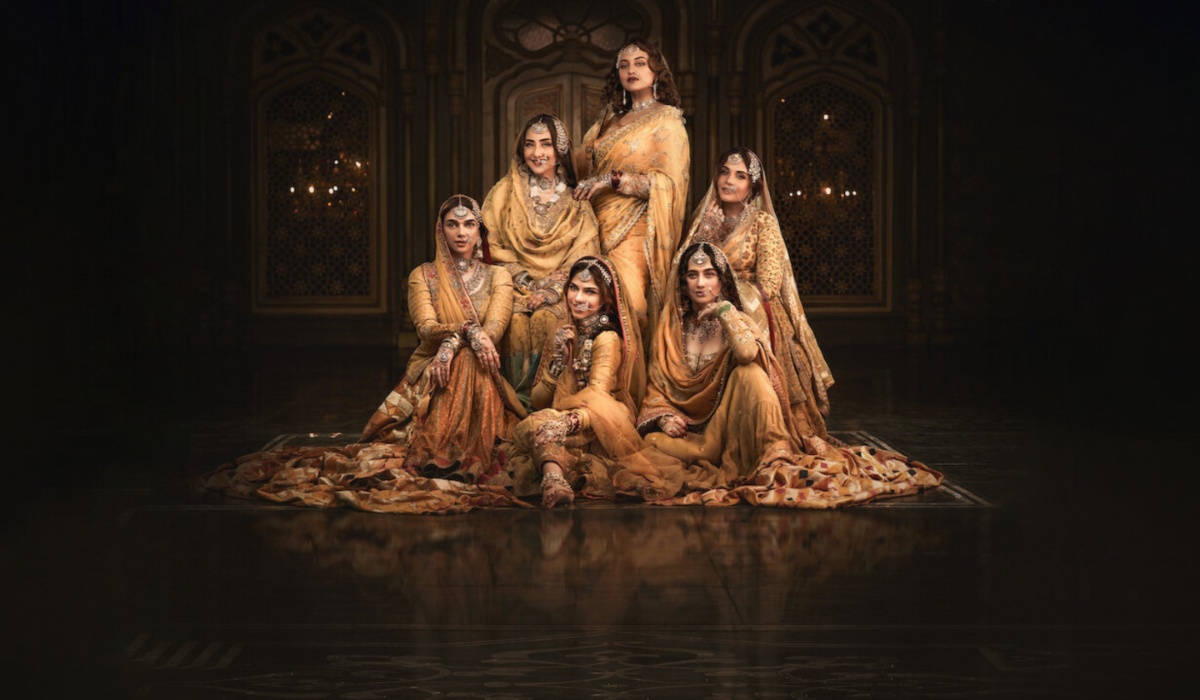
संजय लीला भंसाली की ‘हीरामंडी’ ने रचा इतिहास, ओटीटी पर डेब्यू से मचा दिया तहलका – India TV Hindi
Image Source : INSTAGRAM हीरामंडी नेटफ्लिक्स और संजय लीला भंसाली की 'हीरामंडी: द डायमंड बाजार' अपने लॉन्च के पहले हफ्ते...
-
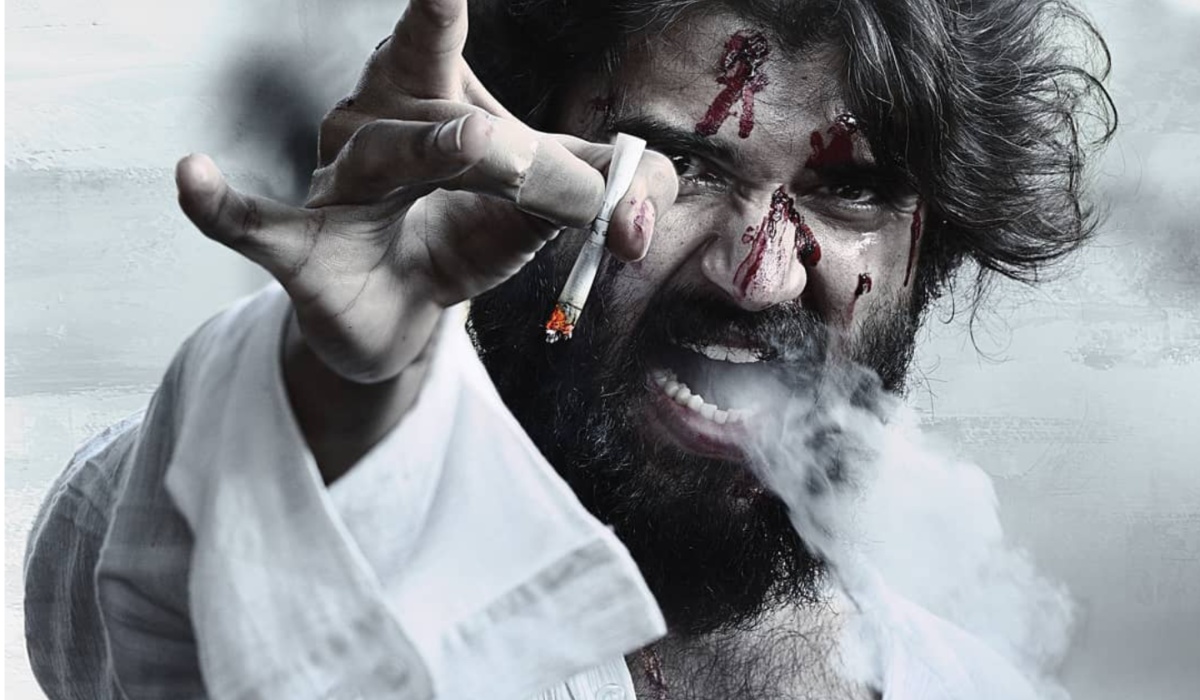
साउथ का ये सुपरस्टार बनना चाहता था सिंगर, आज एक्टिंग देख फैंस बजाते हैं ताली – India TV Hindi
Image Source : INSTAGRAM विजय देवरकोंडा पैन इंडिया स्टार बन चुके विजय देवरकोंडा अपनी प्रोफेशनल लाइफ से ज्यादा हमेशा प्रर...
-
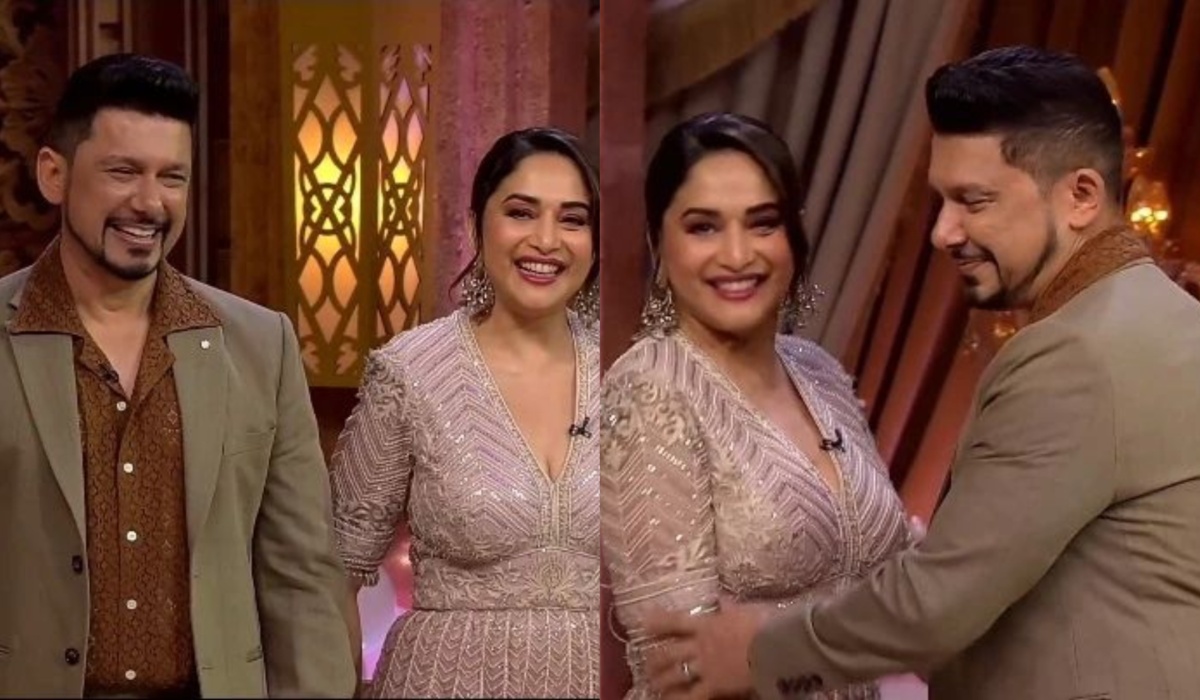
माधुरी दीक्षित को बर्थडे के 7 दिन पहले मिला सरप्राइज, पति नेने ने दिया स्पेशल गिफ्ट – India TV Hindi
Image Source : INSTAGRAM माधुरी दीक्षित 'डांस दीवाने' सीजन 4 में डांसर अपने बेहतरीन परफॉर्मेंस के साथ दर्शकों का दिल जीत...
-

नहीं रहे मशहूर फिल्ममेकर संगीत सिवन, 61 की उम्र में ली अंतिम सांस – India TV Hindi
Image Source : X डायरेक्टर संगीत सिवन का निधन फिल्म निर्माता संगीथ सिवन का 8 मई को मुंबई में निधन हो गया। उन्होंने 61 की...
-

प्रियंका चोपड़ा ने बेटी मालती संग की एक्सरसाइज, क्यूटनेस पर फिदा हुए फैंस – India TV Hindi
Image Source : INSTAGRAM प्रियंका चोपड़ा और मालती मैरी। प्रियंका चोपड़ा बॉलीवुड से लेकर हॉलीवुड तक अपनी दमदार एक्टिंग का...
-
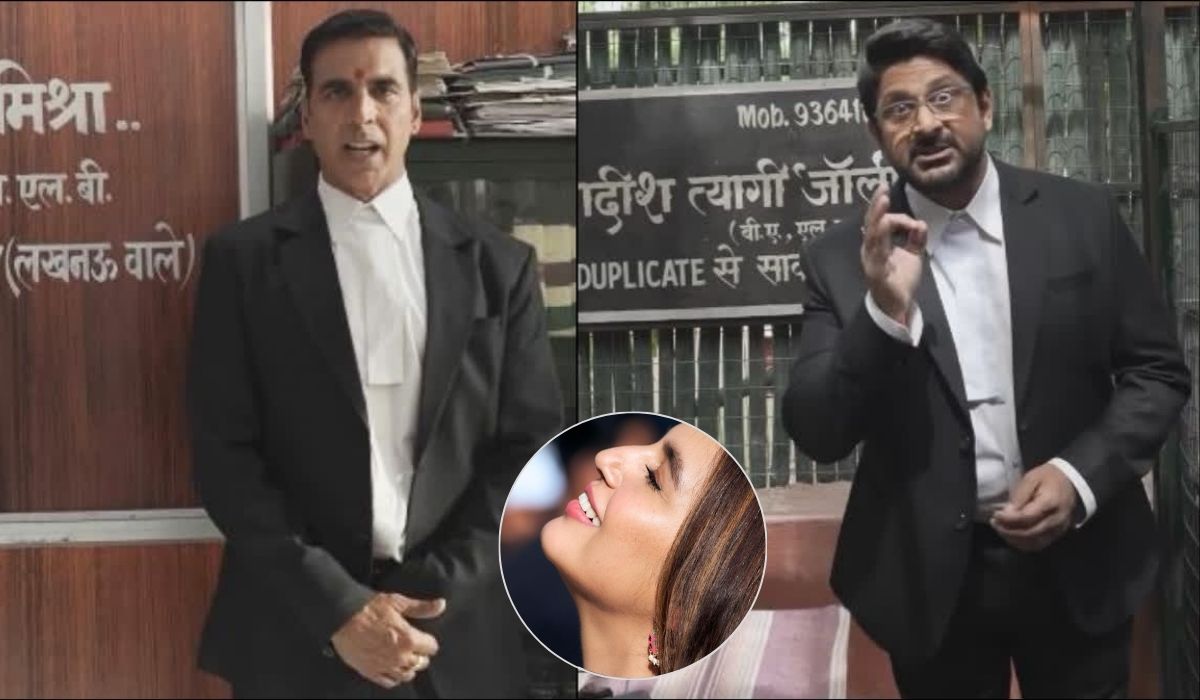
Jolly LLB 3 में अक्षय कुमार की पुष्पा पांडे की एंट्री, लोटपोट होने को हो जाएं तैयार – India TV Hindi
Image Source : DESIGN PHOTO जॉली एलएलबी 3 अक्षय कुमार और अरशद वारसी की जोड़ी एक बार फिर आपको लोटपोट करने के लिए तैयार है...
-
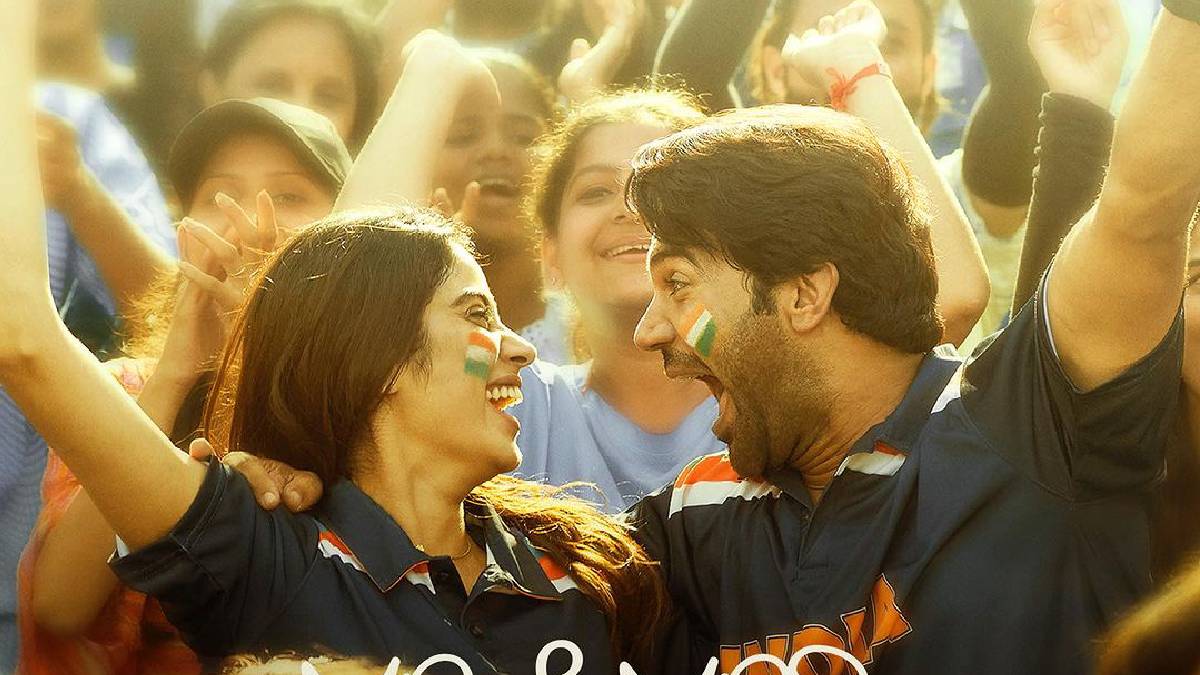
‘मिस्टर एंड मिसेज माही’ बनेंगे राजकुमार राव और जाह्नवी कपूर, देखें फिल्म का पोस्टर – India TV Hindi
Image Source : INSTAGRAM जाह्नवी कपूर और राजकुमार राव 'मिस्टर एंड मिसेज माही' के नए पोस्टर सामने आ गए हैं। बुधवार को धर्...
-
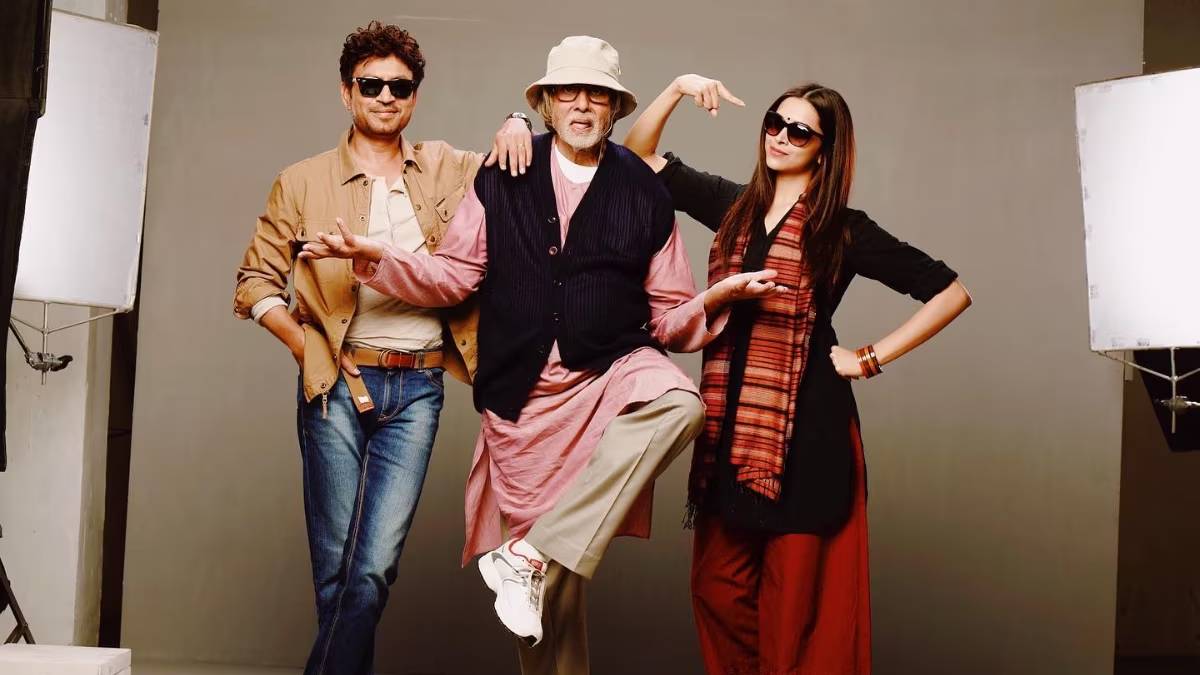
‘पीकू’ को आई ‘राणा’ की याद, 9 साल बाद शेयर की अनदेखी तस्वीर – India TV Hindi
Image Source : INSTAGRAM इरफान खान, अमिताभ बच्चन और दीपिका पादुकोण। बॉलीवुड की खूबसूरत और टैलेंटेड एक्ट्रेस दीपिका पादुक...
-

‘गेम ऑफ थ्रोन्स’ एक्टर का निधन, कैंसर से जूझ रहे थे ‘केवन लैनिस्टर’ – India TV Hindi
Image Source : INSTAGRAM इयान गेल्डर। 'गेम ऑफ थ्रोन्स' में केवन लैनिस्टर की भूमिका निभाने के लिए लोकप्रिय ब्रिटिश अभिनेत...
Technology News
-

Toshiba QLED TV with Dolby Vision-Atmos launched at Rs 26,999 – Check details
Toshiba has announced the launch of its all-new C450ME QLED TV at a starting price of Rs 26,999. The 43-inch and 50-inch...
-

Realme officially confirms launch of Realme GT series in India soon
Realme on Wednesday, May 8 announced the comeback of their flagship smartphone the Realme GT series, this month in India...
-
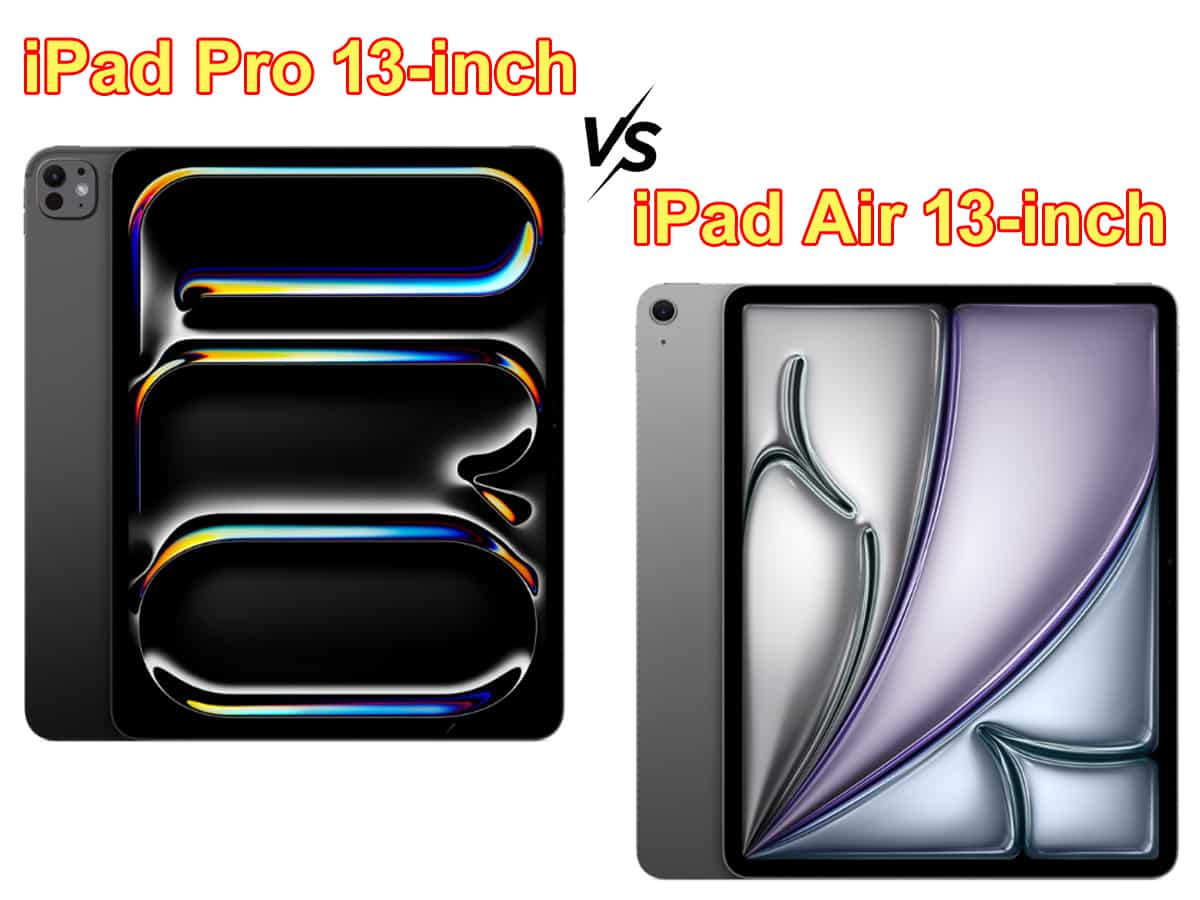
Apple iPad Pro 13-inch vs iPad Air 13-inch: Camera, processor and other specs compared – Check Prices
Apple 13-inch iPad Air (2024) 13-inch iPad Pro (2024) Processor Apple M2 chip Apple M4 chip Screen type 13-inch Liquid R...
-

Apple ‘Let Loose’ event: A look at 5 big announcements by tech giant
Apple has made big announcements at its 'Let Loose' event in which it unveiled the new iPad Pro, M4 chip, redesigned 11-...
-

Google launches its Wallet app in India
Google on Wednesday launched its Wallet app in India, which will offer fast and secure access to everyday essentials, en...
-

Google Pixel 8a launched in India with industry-first AI features; know specifications, colours and other details
Google on Tuesday launched its latest A-series smartphone called 'Pixel 8a' that is available for pre-order in India on...
-

LG CineBeam Q compact projector unveiled – Check price, availability and other details
LG CineBeam Q compact projector: LG Electronics India on Tuesday announced the launch of the LG CineBeam Q (HU710PB) pro...
-

Truecaller’s net sales up 8% in India with over 234 million daily active users
Leading caller identification app Truecaller on Tuesday reported an 8 per cent increase in net sales in India in the fir...
-

Truecaller’s net sales up 8 percent in India with over 234 million daily active users
Leading caller identification app Truecaller on Tuesday reported an 8 per cent increase in net sales in India in the fir...
-

MediaTek Dimensity 9300+ SoC launched, to accelerate on-device generative AI processing – Check key details
Chip-making giant MediaTek has launched its new flagship mobile chip in its Dimensity portfolio called the 'Dimensity 93...
-

Apple ‘Let Loose’ Event 2024: How to watch live streaming, other details
Apple Let Loose Event 2024 Live Streaming: Apple is all set to host its 'Let Loose' event after a hiatus of two years. A...
-

iQOO Z9x launch date in India confirmed: Check expected features
iQOO Z9x launch date in India: iQOO has officially confirmed the launch date of its next smartphone - iQOO Z9x - in Indi...
Know about online
-

Toshiba QLED TV with Dolby Vision-Atmos launched at Rs 26,999 – Check details
Toshiba has announced the launch of its all-new C450ME QLED TV at a starting price of Rs 26,999. The 43-inch and 50-inch...
-

Realme officially confirms launch of Realme GT series in India soon
Realme on Wednesday, May 8 announced the comeback of their flagship smartphone the Realme GT series, this month in India...
-

Apple iPad Pro 13-inch vs iPad Air 13-inch: Camera, processor and other specs compared – Check Prices
Apple 13-inch iPad Air (2024) 13-inch iPad Pro (2024) Processor Apple M2 chip Apple M4 chip Screen type 13-inch Liquid R...
-

Apple ‘Let Loose’ event: A look at 5 big announcements by tech giant
Apple has made big announcements at its 'Let Loose' event in which it unveiled the new iPad Pro, M4 chip, redesigned 11-...
-

Google launches its Wallet app in India
Google on Wednesday launched its Wallet app in India, which will offer fast and secure access to everyday essentials, en...
-

Google Pixel 8a launched in India with industry-first AI features; know specifications, colours and other details
Google on Tuesday launched its latest A-series smartphone called 'Pixel 8a' that is available for pre-order in India on...

